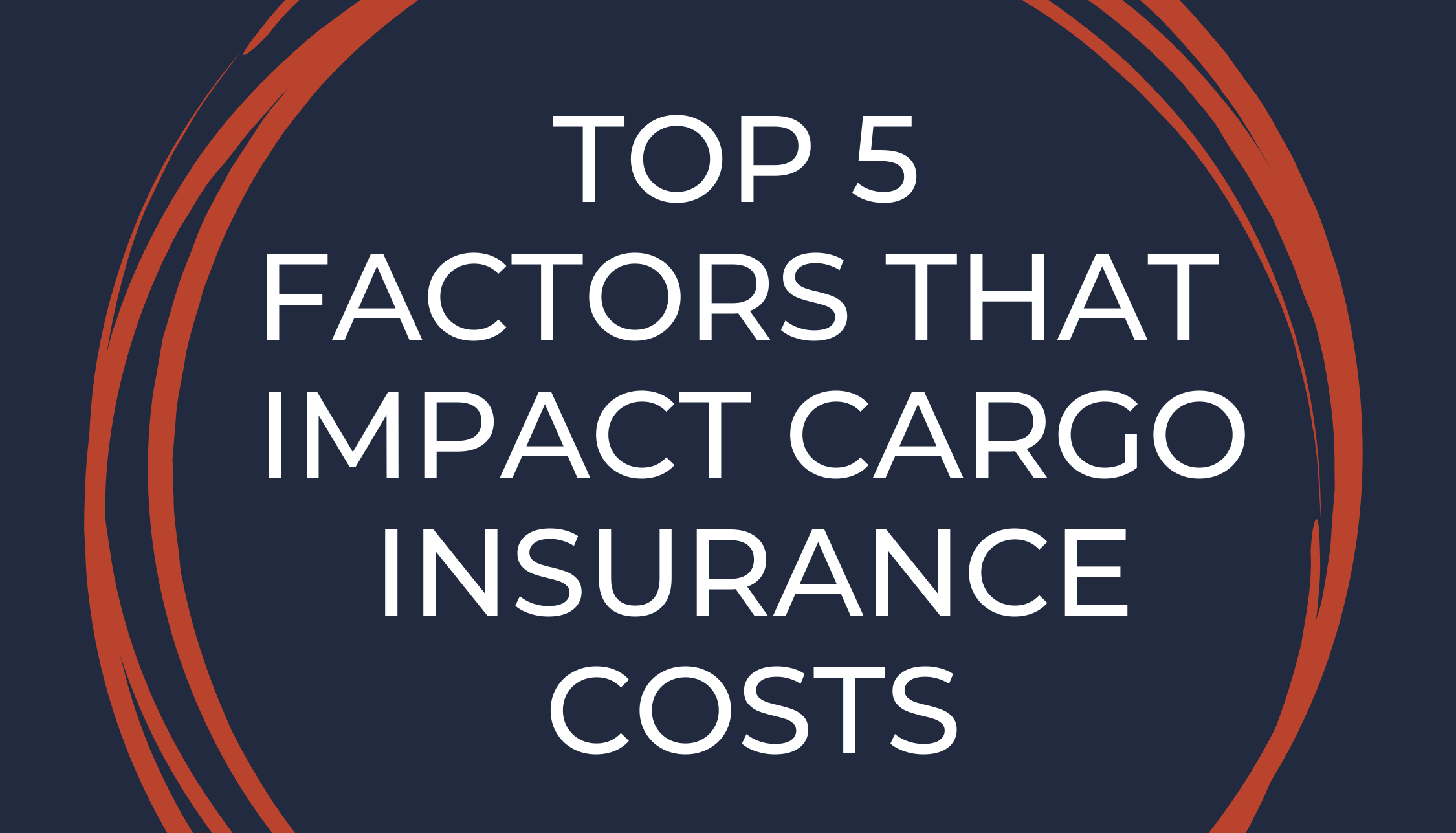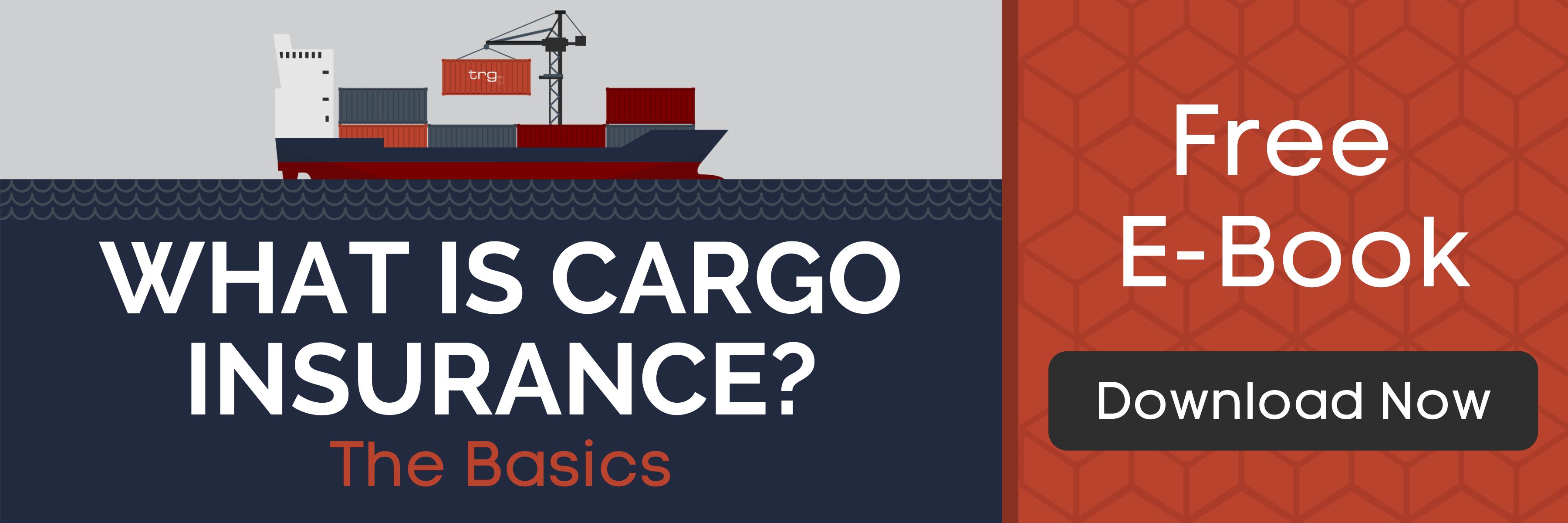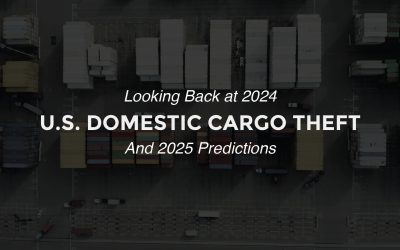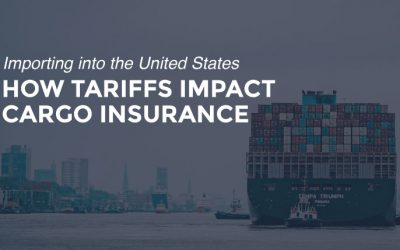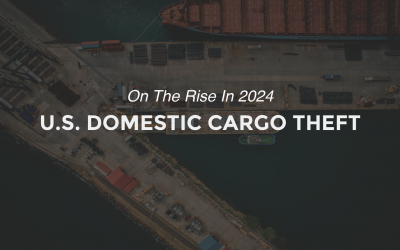Marine cargo insurance costs are impacted by things specific to an importer’s individual business. There are specific risks insurers evaluate when shippers apply for coverage.
Marine Cargo Insurance covers the loss, damage, or theft of commodities while in transit between the point of origin and final destination. For the past year, cargo insurance costs have been on the rise. The increases started in 2019 and are expected to hold steady in 2021.
When cargo insurance is becoming more expensive, importers must focus on decreasing risk to receive a better quote. Insurance companies look at many factors when setting rates, and we will discuss the top 5.
Annual or Shipment-By-Shipment Coverage
While shipment-by-shipment coverage is suitable for those who ship infrequently, annual coverage costs less for those who ship throughout the year. It also gives those frequent shippers a single point of contact for their coverage.
Annual policies allow importers to ship repeatedly under one policy for an extended period, and they will end up paying less than they would if they purchased coverage for each shipment.
Items Being Shipped
Those who transport goods like fuel, chemicals, foods, meats, and similar goods will inherently have more expensive cargo insurance than those transporting toys or plastic items.
The type of goods being shipped has a significant impact on the cost of marine cargo insurance. Products that are risky, valuable, perishable, or vulnerable to theft often have higher cargo insurance costs.
Goods that can be expensive to insure during transport include:
- Materials that are flammable, corrosive, or explosive
- Large machinery
- Valuable electronics
- Perishable items
- Luxury items
These types of items hold additional risk for the insurer due to the increased chance of loss, damage, or theft during transport. However, it is still essential to have coverage on these items for protection in the event of a loss.
Loss History
Previous losses when shipping cargo and filed claims are factored into an importer’s cargo insurance premium when they apply for coverage.
Insurance applications include questions about prior loss to determine how risky a business is to insure. Cargo insurance providers consider freight-related losses and could look at other claims to determine risk. This makes good risk management, like proper packaging, vital because it can reduce the likelihood of a claim.
Risk Management Strategy
The higher risk your business is, the more your insurance company will charge you for coverage. Learning how to ship safely can reduce the chance of a claim, preventing deductible payments and premium increases.
Insurers may offer shippers a lower premium if they take concrete steps in reducing risk. Shippers often get lower marine cargo insurance rates when they adhere to risk management training and protocols. Ways to reduce risk include theft-prevention programs, disaster preparation measures, additional human resources training, workplace safety measures, and more.
Shipping Route
Insurers consider some shipping routes riskier than others. This can be due to geography or if your shipment has to go through areas known for piracy or theft.
- Routes through areas that are mountainous, icy, remote, or otherwise treacherous can increase rates.
- Political instability in the country of origin or the final destination can increase premiums.
When discussing your business with an underwriter, they will want to know all of the essential details to depict the risks accurately. Importers should want to be going through an agency that asks numerous questions to get a detailed picture of their business. Providing more detail can help importers receive a better quote since the insurers will be able to evaluate risk accurately.
If you’re interested in learning more about marine cargo insurance policies with Trade Risk Guaranty, contact us.

